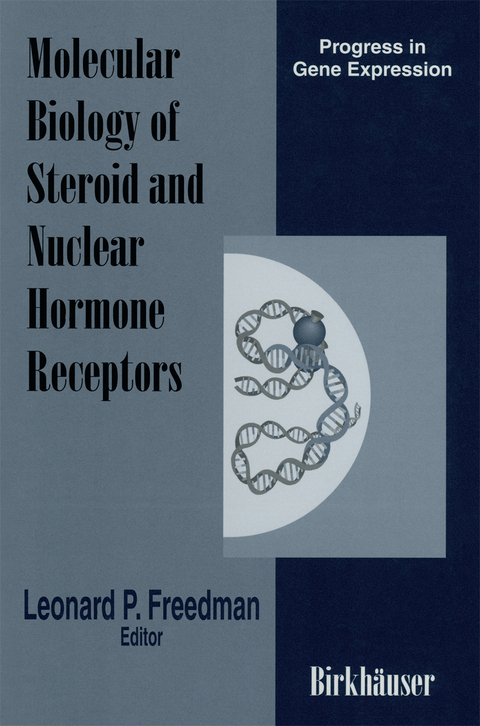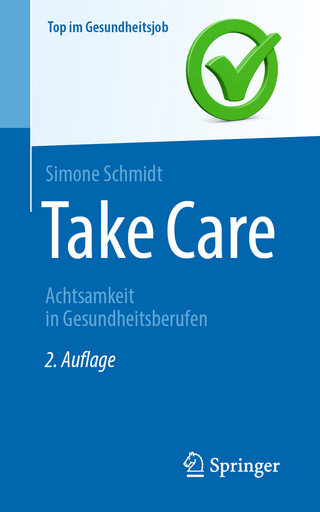
Molecular Biology of Steroid and Nuclear Hormone Receptors
Springer-Verlag New York Inc.
978-1-4612-7271-7 (ISBN)
But contemporaneous with those classical analyses of transcriptional regulation of the lactose operon, the mod- em era of signal transduction was inaugurated by the identification of cAMP as a second messenger --- an intracellular mediator of hormonal activation of glycogen catabolism (Sutherland and RaIl 1960). Later in that same decade, it emerged that cAMP is a critical signal not only in metazoans, but even in bacteria, where it serves an analogous function as a critical switch that activates expression of genes re- quired for catabolism of complex carbon sources, including those of the lactose operon.
1. The Role of Heat Shock Proteins in the Regulation of Steroid Receptor Function.- 2. Subcellular and Subnuclear Trafficking of Steroid Receptors.- 3. Structure and Function of the Steroid and Nuclear Receptor Ligand-Binding Domain.- 4. Structure and Function of the Steroid and Nuclear Receptor DNA Binding Domain.- 5. Modulation of Steroid/Nuclear Receptor Dimerization and DNA Binding by Ligands.- 6. Molecular Mechanisms of Nuclear-Receptor-Mediated Transcriptional Activation and Basal Repression.- 7. Transcriptional Cross-Talk by Steroid Hormone Receptors.- 8. Chromatin and Steroid-Receptor-Mediated Transcription.- 9. Regulation of Glucocorticoid and Estrogen Receptor Activity by Phosphorylation.- 10. Monomeric Nuclear Receptors.- 11. Orphan Nuclear Receptors and Their Ligands.
| Reihe/Serie | Progress in Gene Expression |
|---|---|
| Zusatzinfo | XVI, 319 p. |
| Verlagsort | New York |
| Sprache | englisch |
| Maße | 155 x 235 mm |
| Themenwelt | Medizin / Pharmazie ► Allgemeines / Lexika |
| Naturwissenschaften ► Biologie | |
| ISBN-10 | 1-4612-7271-8 / 1461272718 |
| ISBN-13 | 978-1-4612-7271-7 / 9781461272717 |
| Zustand | Neuware |
| Haben Sie eine Frage zum Produkt? |
aus dem Bereich


